Going on your own to Uganda is not easy. On the internet you will find only sketchy information, which in many cases is outdated or not followed by Ugandans. We spent 14 days in Uganda under a tent and drove around the country in a rented car. Here’s a complete guide on how to plan your holiday in Uganda to make the most of it.
Why go to Uganda?
Definitely because of nature! In 10 national parks and nearly 50 protected areas, you’ll find a range of adventure activities that will leave you with great memories of Africa.
Mountain gorilla tracking
Uganda’s biggest attraction is tracking mountain gorillas, the world’s second largest primate. It is a critically endangered species and is now found only in a small area of Bwindi National Park, on the border of Uganda, Rwanda and the Democratic Republic of Congo. In 2018, there were about 1,000 individuals alive. This is great news, back in 2016 there were about 800 gorillas.
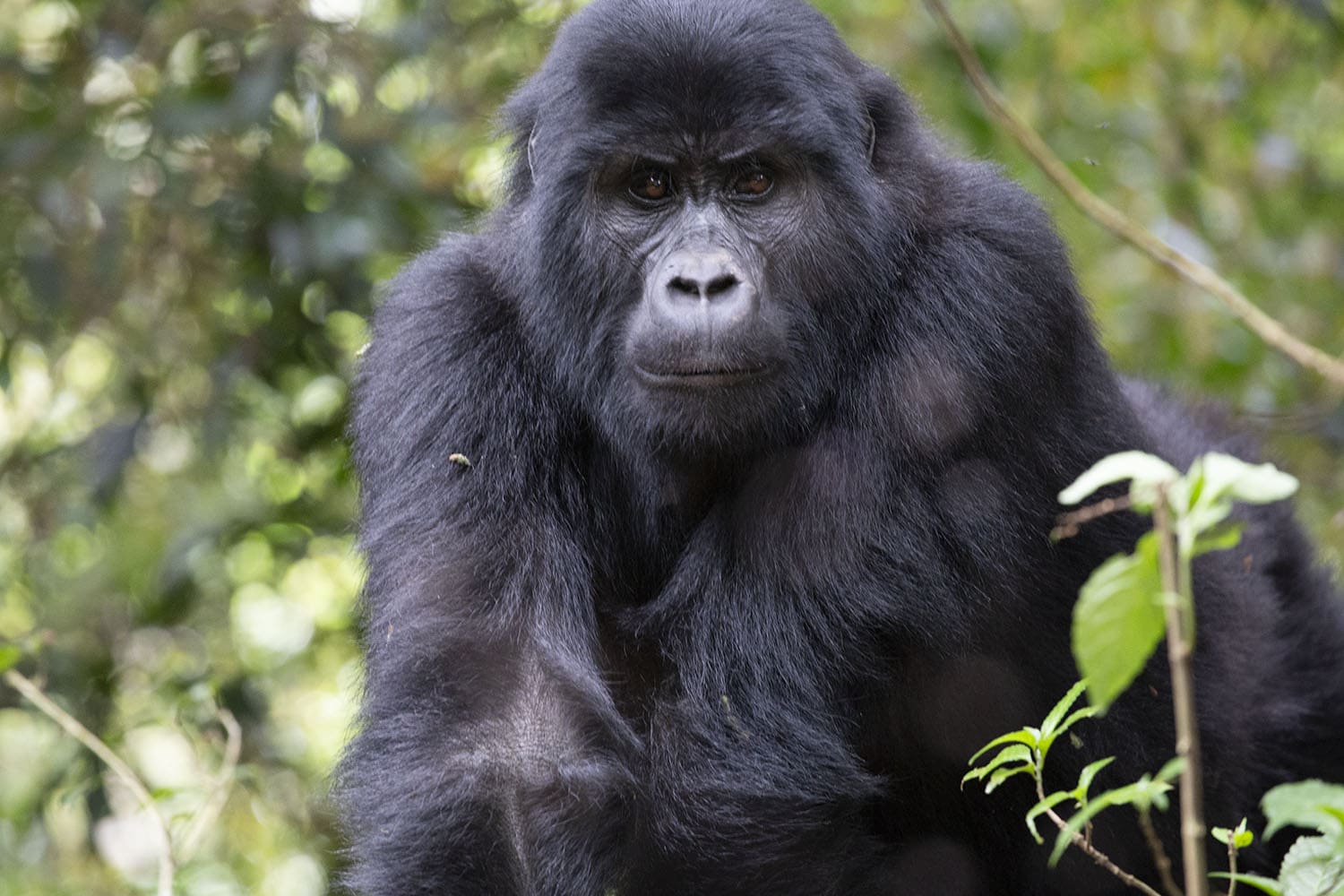
Gorillas are effectively protected thanks to the entrance fee charged for tracking them. The Ugandans take only 152 people a day into the rainforest to track one of the 19 habituated gorilla families. Hitchhiking costs USD 600 and the price will increase to USD 700 in 2020. It’s still a good price though, from Rwanda you will pay 1500 USD for the same hitchhiking. Bwindi National Park no longer offers off-season discounts.
Tracking one gorilla family also offers the adjacent Mgahinga National Park with a capacity of only eight people.
Chimpanzee sightings
The national parks also offer another unique opportunity to observe chimpanzees in the wild. Chimpanzees share 99% of their DNA with humans. Although not an endangered species, there are very few opportunities to observe chimpanzees outside of captivity.
In Uganda, you can go chimpanzee hunting in Kibale, Budongo Forest and Queen Elizabeth National Parks. You can also find them in Ngamba Island Chimpanzee Sanctuary and Kalinzu forest reserve.
Observation of rhinos
The northern blunt-nosed rhinoceros and the eastern black rhinoceros are critically endangered species that were found in Uganda during the 1980s. completely eradicated for years, even though Uganda is their natural habitat.
For this reason, a private project was created Ziwa Rhino Sanctuary which aims to bring rhinos back to the wild in Uganda. It is therefore the only place in Uganda where you can see rhinos. There are currently over 22 rhinos living here and tourists have the opportunity to go tracking and watching them. You can hitchhike and get really close to the rhinos.
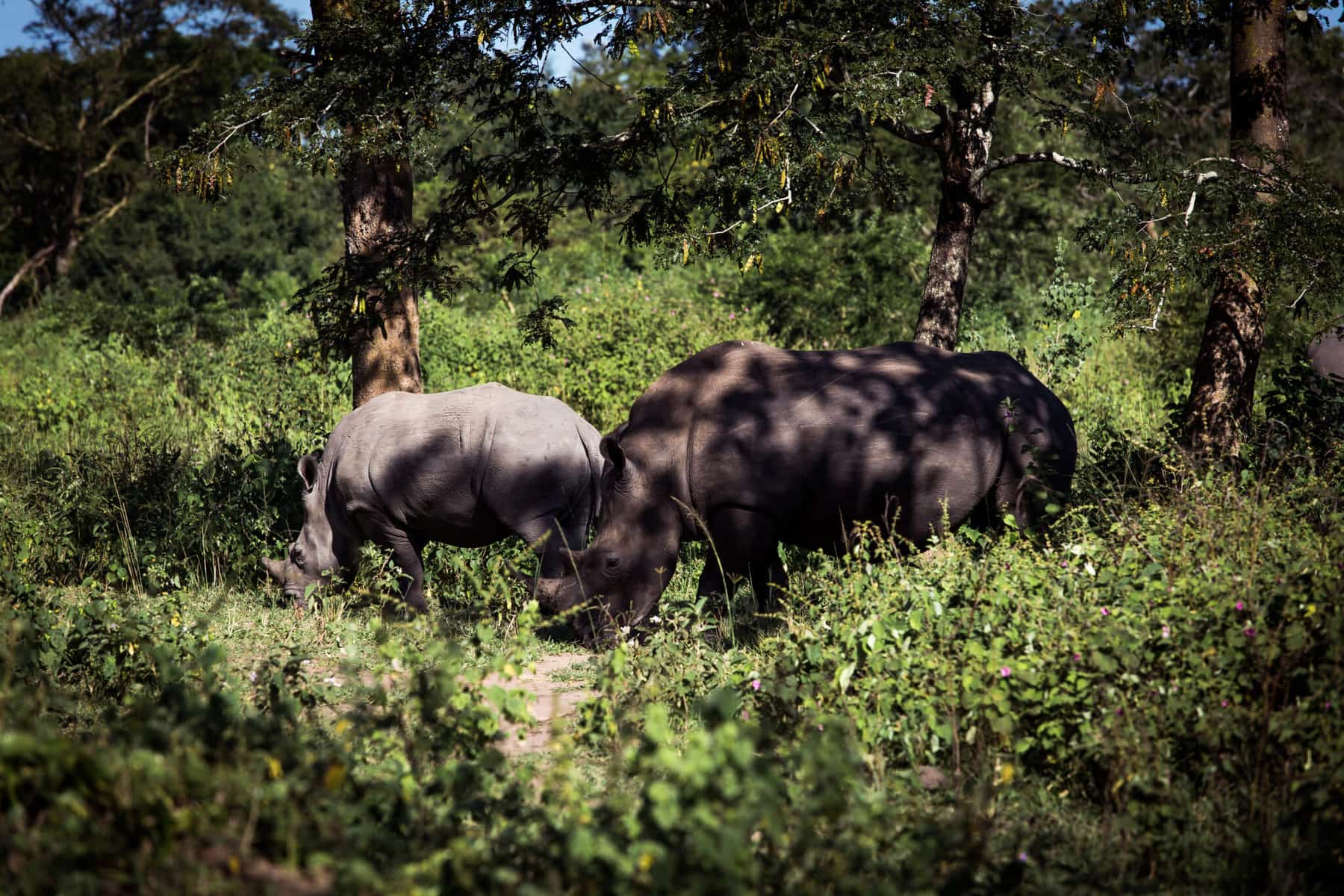
Safari
Uganda is especially famous for its national parks full of typical African animals. Here you will find lions, elephants, giraffes, antelopes, buffaloes, zebras, hippos, crocodiles, vultures, African pigs and other exotic animals.
A real rarity are the tree lions (they climb trees), which can be found only in Uganda (Queen Elizabeth National Park) and Tanzania.
It is possible to go on safari either with a tour operator or on your own with a rental car (in some parks a Ugandan guide will join you in the car). List of national parks where you can go on safari:
- Murchison Falls National Park
- Kibale Forest National Park
- Lake Mburo National Park
- Queen Elizabeth National Park
- Kidepo Valley National Park
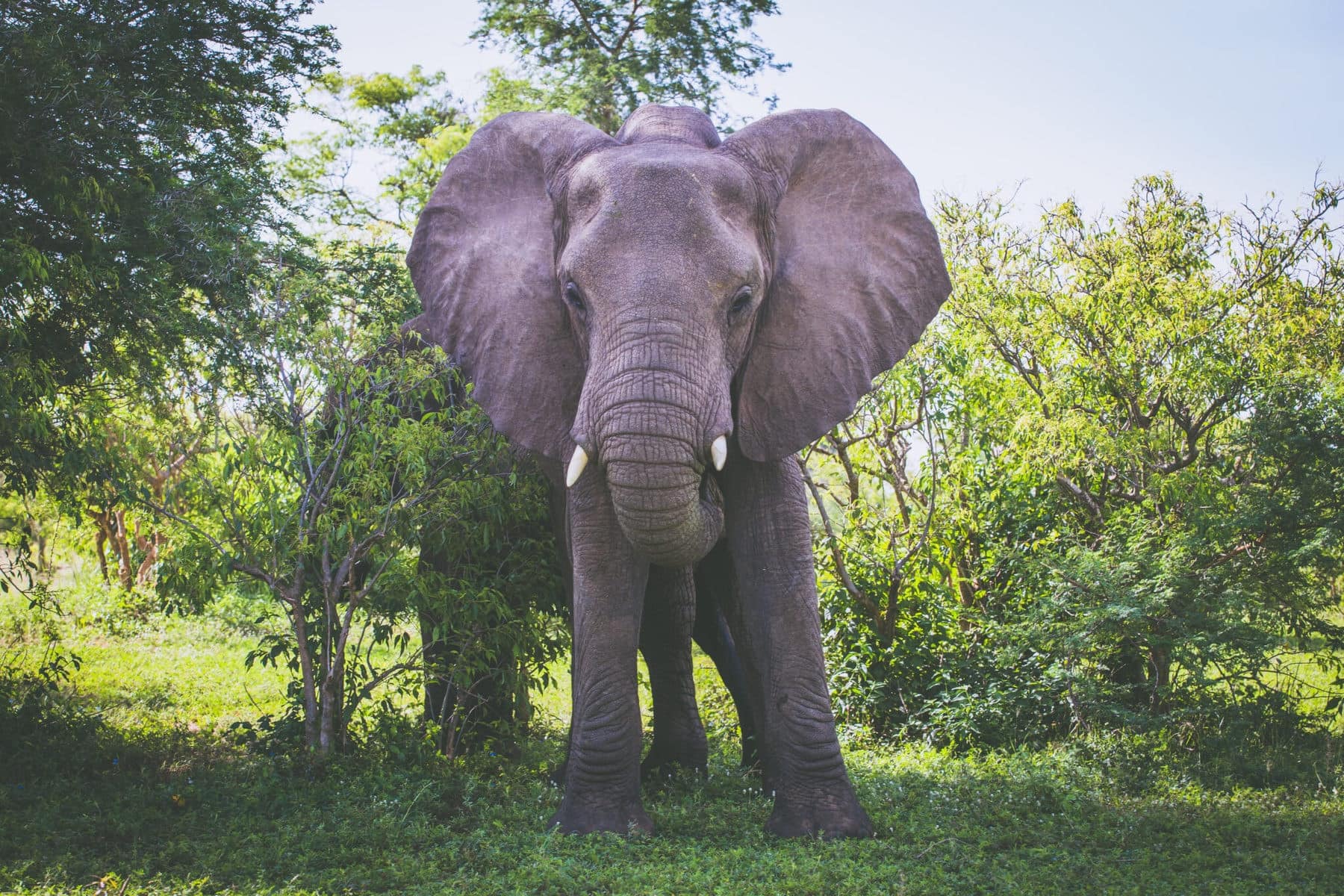
African mountains
Although it sounds almost illogical, Uganda also has its own mountains. And not just any! Margherita Peak is the third highest mountain in Africa with its height of 5109 m. In the past, the Mountains of the Moon, now called the Ruwenzori Mountains, harboured a multitude of treks, from a day’s walk to a week-long climb to the top of the entire mountain range.
If you go on a longer trek, you will go from a tropical climate to a zone where snow lies all year round and you can even reach glaciers. We did a two-day trek to the heart of the moon mountains and it was an experience like from another planet.
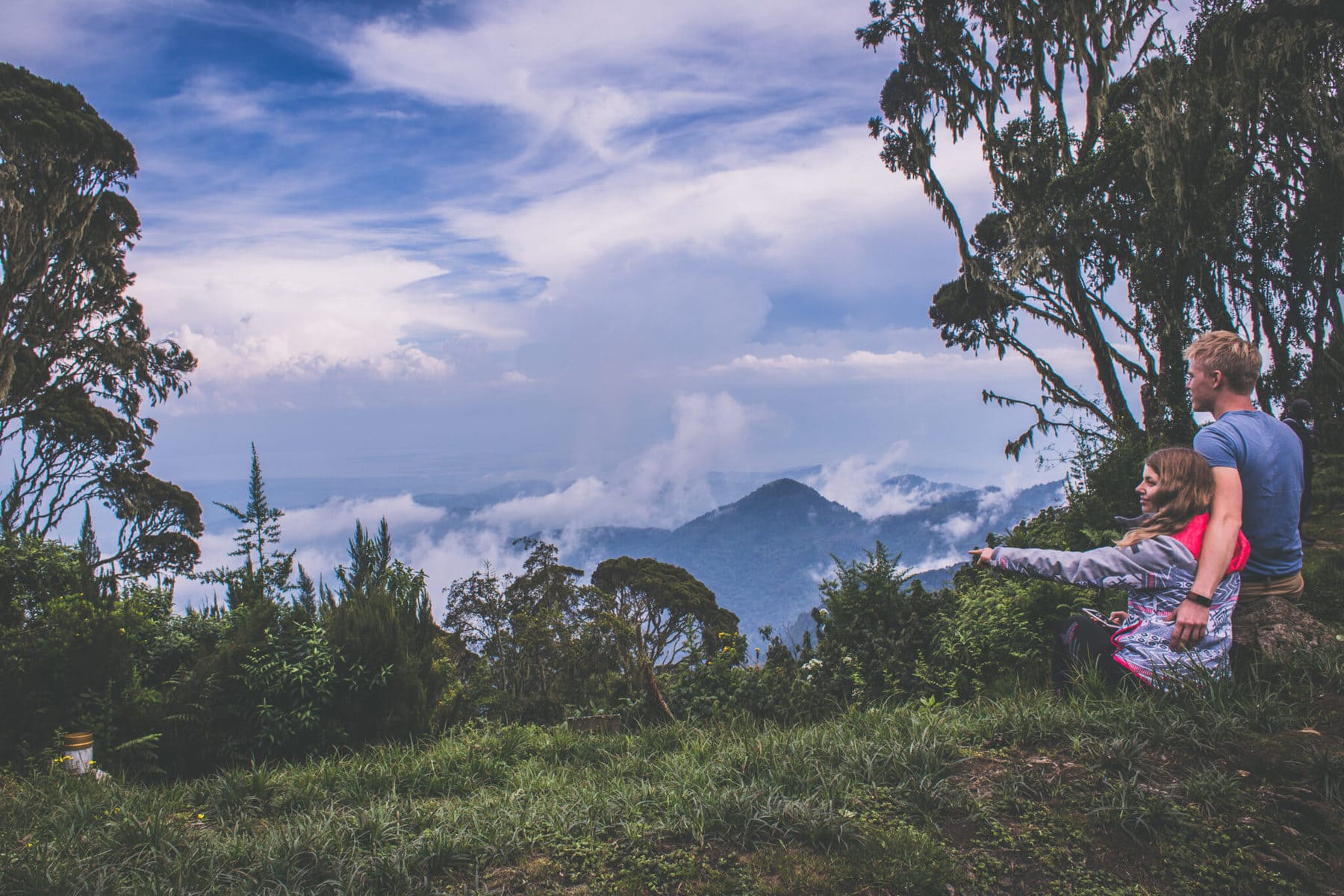
Practical information and tips for planning a holiday in Uganda
When to go to Uganda?
It depends on what suits you better. Temperatures in Uganda are almost the same all year round, but heavy rain can complicate your plans if you go during the rainy season. It is generally recommended to go to Uganda outside the rainy season, i.e. from December to February and from June to August.

We flew to Uganda in November, when the rainy season is in full force. But it didn’t stop us from our plan, because it rained every third day and for an hour at most. The danger of the rainy season is that you will be looking for animals on safari for longer. During the rainy season, they have plenty of food throughout the reserve, so they are scattered throughout the reserve. But we enjoyed the safari all the more!
Outside of the rainy season, food and especially water is much scarcer, so the animals hang out near watering holes. But the dry season brings another problem – Uganda is dry to the point of tinder and you won’t enjoy the beautiful green jungle.
So if you prefer green Uganda and don’t mind the complicated search for animals on safari, go in the rainy season. If you prefer simpler safaris, more tourists and higher prices, go during the season.
Security in Uganda
Uganda is a safe and politically stable country, but you need to be wary. Bordering the troubled Congo, its vast, poorly policed borders are a great opportunity for smugglers and illegal immigrants. It is therefore only possible to go into the national parks bordering the Democratic Republic of Congo with soldiers.
Beware of Ugandan drivers who like to speed, especially in national parks. You yourself witnessed a bad accident and the fastest help arrived after four hours.
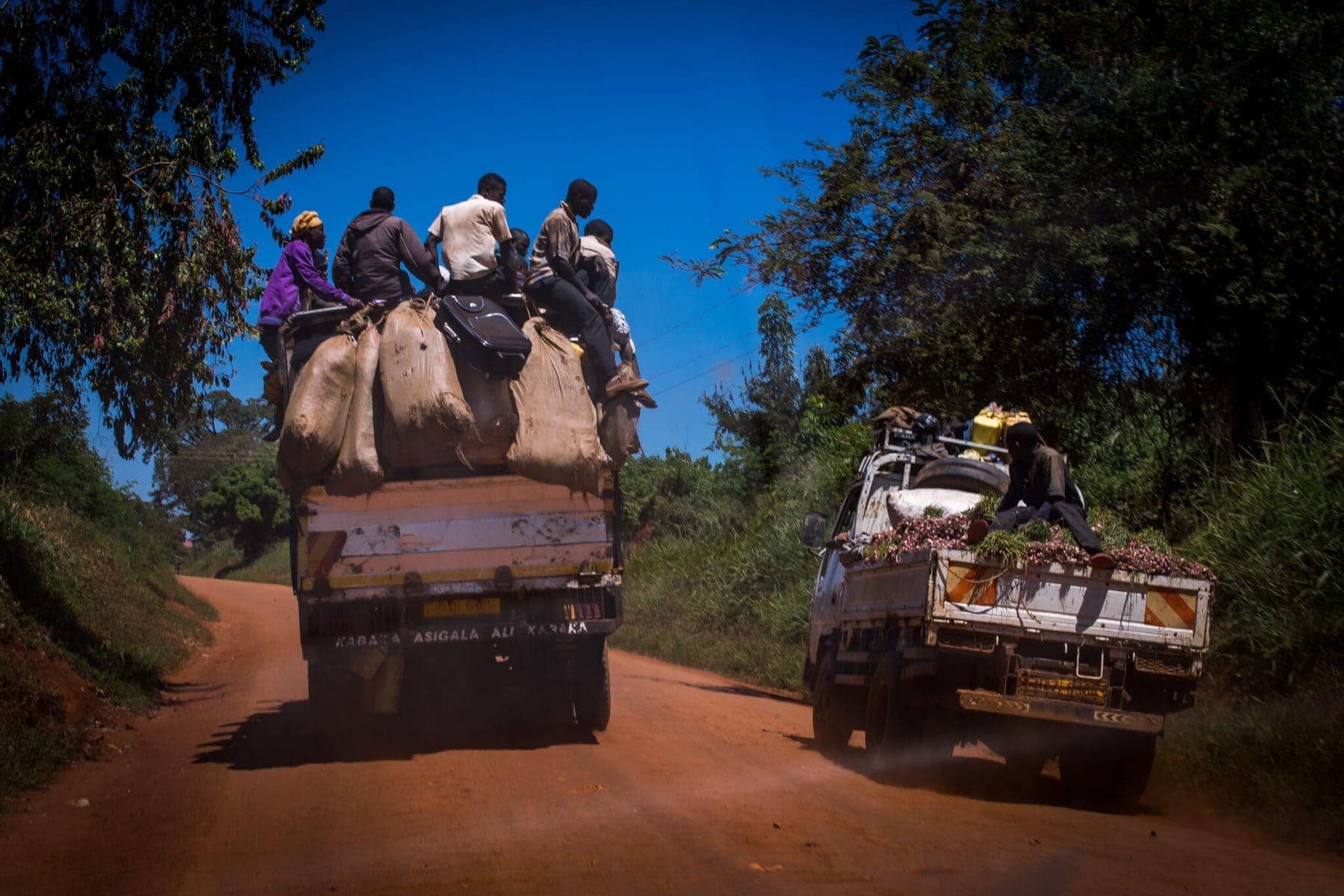
An uncomfortable issue in Uganda is the intolerance of public displays of other sexual orientations. People from the LGBT community can go to jail for public displays of their orientation.
Visa
Czech citizens need a visa. Don’t be tempted by agencies that offer to process your visa for you. It is now possible to obtain a visa by applying online ( https://visas.immigration.go.ug/ ) for 50 USD. Visas are valid for 90 days.
A visa can also be obtained upon arrival in Uganda, directly at the airport. Although we had no problems with this, some travelers claim that the officials asked them for 100 UD for the visa. It is better to arrange your visa before departure.
If you also plan to visit Rwanda and Kenya (a frequent destination), get an East African visa, which is valid for all three countries at the same time.
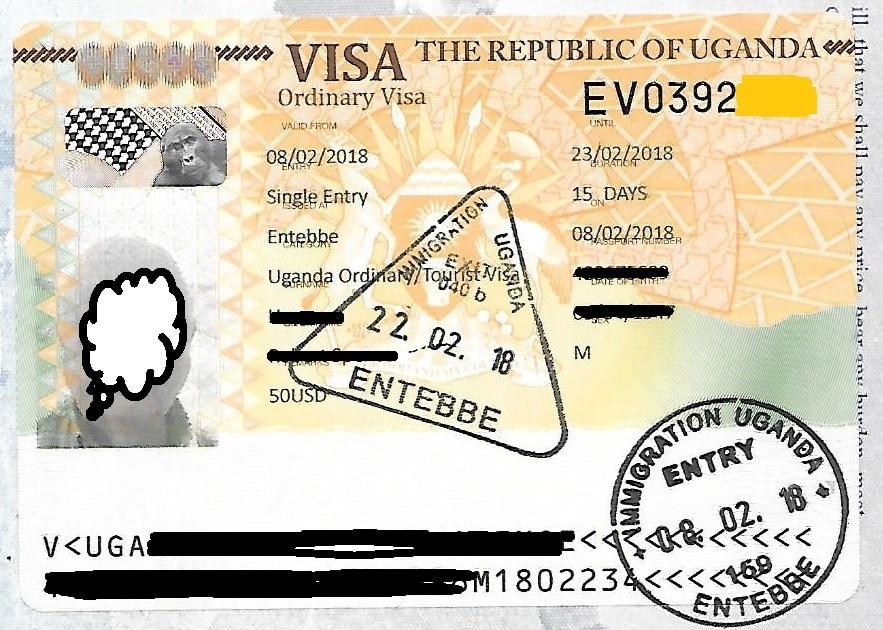
Vaccinations
You need to be vaccinated against yellow fever to travel to Uganda, but it is also recommended to be vaccinated against:
- hepatitis A
- hepatitis B
- typhoid fever
- whooping cough
- tetanus
- diphtheria
- rabies.
Your vaccination card will be checked at the airport.
Be sure to get anti-malarials and use mosquito nets in Uganda . Uganda is one of the countries with the highest risk of contracting malaria, and HIV (AIDS) is also prevalent. More health risks can be found for example here .
Water
Be sure not to drink tap water or any drink with ice. Drink only bottled water! It is also forbidden to swim in almost all lakes in Uganda because of the risk of infection Schistosomiasis .
Travel insurance
As with any other trip abroad, it is essential to take out travel insurance, without which you will be out a lot of money in the event of an accident. Choose in our insurance comparison .
Customs regulations
The export and import of wild animal products is punishable. The export of live animals or plants without a special permit is prohibited.
Tickets
Flights to Uganda normally cost between CZK 13,000 and 14,000, but about once a year there are special fares starting at CZK 8,400. Typically, tickets are cheaper from Vienna or Berlin, even when you factor in travel costs.
How to choose airline tickets as cheaply as possible, you will learn in our article about cheap airline tickets .
Money and how much what costs
In Uganda, you pay Ugandan shilling (UGX) , but you also need to carry US dollars. National park entrances are paid for half in shillings and half in dollars (why, who knows), sometimes they just won’t let you convert to one currency for some reason or it takes them an hour (yes, we’ve been there).
| 10 000 UGX | = 62,65 CZK |
You can’t find much shillings in the Czech Republic, it’s best to take enough USD with you and exchange them into Ugandan shillings immediately upon arrival. Only use official exchange offices. You’ll know they have a rate card posted. Alternatively, you can go to a branch of one of the international banks, which are plentiful in Entebbe and Kampala.
However, don’t rely on withdrawing money during your trip. ATMs are few and far between across the country and are often empty or dispense only a limited number of shillings.
You can forget about paying by card, we only managed to pay by card once.
In Uganda it is much cheaper than here, especially services, fresh fruit and vegetables. However, your wallet will be blown away by the prices of tourist activities and entrance fees to national parks. A gorilla tracking permit alone costs 650 USD and entrance to the national park ranges from 40 USD to 80 USD per person (for 24 hours). There is an additional charge for the vehicle.
Often you will come across triple prices. Ugandans pay the least for admission to tourist attractions, other East Africans pay slightly more and foreigners pay the most. It may even be ten times the price for Ugandans, but there is no need to get upset about it. The price of admissions is set by the Ugandan government and applies to everyone without distinction.
Electricity, mobile signal and internet
Electricity is a problem in Uganda. Due to the lack of power line infrastructure outside of the city, it is produced by generators or solar panels and is therefore only available for a few hours a day. This is something to be reckoned with. It is also the reason why drinks in supermarket and restaurant fridges are often only slightly cold.
Mobile internet is excellent in Uganda. Mobile signal coverage is excellent and you can get at least 3G internet almost everywhere, including the Moon Mountains (3500 m). We recommend getting a SIM card from MTN or Airtel .
We work online and we had no problem with the internet in Uganda.
For CZK 300 you can buy a SIM card with 12 GB of data for 30 days, but if you are not demanding, the internet will cost you literally a few crowns. For an up-to-date overview of tariffs, see this page .
For the more demanding, both MTN and Airtel offer a portable Wi-Fi hotspot for USD 15. Just stick a SIM card in and charge it, and you’ve got internet for a whole group of travellers.
Drawers
Uganda is a former British colony and probably for that reason English sockets are used there. They are the triangular ones and they work with a voltage of 240 V. So get a suitable adapter.
Contacts in case of problems
- Emergency calls: 999
- Embassy: +254 726 489 626
If you get into trouble and need to call the police or hospital, dial 999. Unlike most countries in the world , 911 doesn’t work here. We have our own experience with this.
If you have any problems regarding your citizenship (you will be detained, lose your passport, etc.), please contact the nearest Czech embassy in Nairobi. The telephone contact is +254 726 489 626. More information about the Czech Consulate can be found here .
Transport and roads in Uganda
In Uganda, driving is on the left and the roads are unpaved in the vast majority of cases. The only proper road can be found between the largest cities of Entebbe and Kampala. But there is so much traffic that the average speed will not be much different from the countryside (30 km/h).
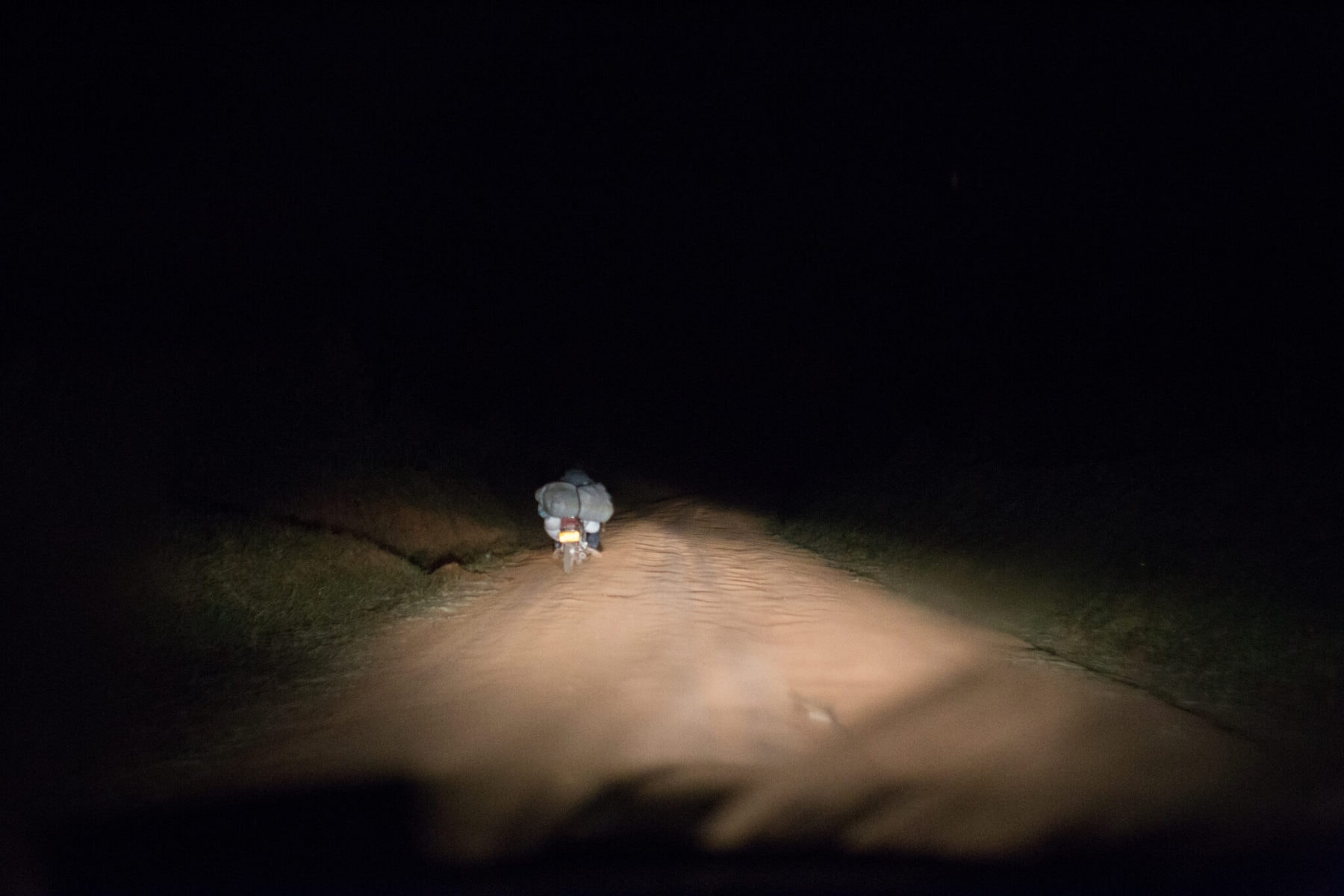
If you use Google maps to plan your trip, expect that it will always take at least twice as long. This will be mainly due to the appalling condition of the road (a dirt road full of potholes) and heavy traffic. Everyone uses the road in Uganda. From children walking to school, cyclists and motorbike drivers to vans and large lorries swaying from side to side due to overloading.
While public transport does exist in Uganda, it has no timetable and a 14-passenger van usually holds more than 30 people and the same amount of luggage.
Transportation by bus and taxi is therefore very uncomfortable and also dangerous. For shorter distances you can use motorbikes, called. Point to point. While they move faster around the city, it is the most dangerous mode of transport in all of Africa.
We strongly recommend renting a car. But don’t borrow from international chains, their cars are more expensive and their terms are often very restrictive. Reach for a local provider, we recommend carrentaluganda.com . In addition to good prices, they are able to equip the car with camping stuff and arrange gorilla tracking tickets for you.
Having your own car is an advantage not only for transport around Uganda, but also to the national parks. You can go on safari in your own car, so you save money on renting a jeep with a driver. And you can drive your own car to Queen Elizabeth Park for the day without paying admission.
Tips and Tricks for Your Vacation
Don’t Overpay for Flights
Search for flights on Kayak. It’s our favorite search engine because it scans the websites of all airlines and always finds the cheapest connection.
Book Your Accommodation Smartly
The best experiences we’ve had when looking for accommodation (from Alaska to Morocco) are with Booking.com, where hotels, apartments, and entire houses are usually the cheapest and most widely available.
Don’t Forget Travel Insurance
Good travel insurance will protect you against illness, accidents, theft, or flight cancellations. We’ve had a few hospital visits abroad, so we know how important it is to have proper insurance arranged.
Where we insure ourselves: SafetyWing (best for everyone) and TrueTraveller (for extra-long trips).
Why don’t we recommend any Czech insurance company? Because they have too many restrictions. They set limits on the number of days abroad, travel insurance via a credit card often requires you to pay medical expenses only with that card, and they frequently limit the number of returns to the Czech Republic.
Find the Best Experiences
Get Your Guide is a huge online marketplace where you can book guided walks, trips, skip-the-line tickets, tours, and much more. We always find some extra fun there!
